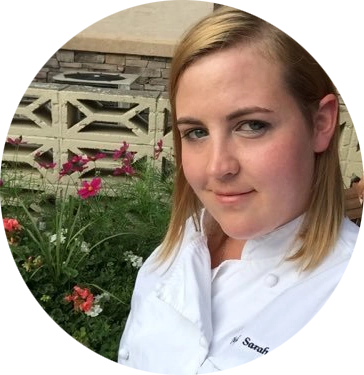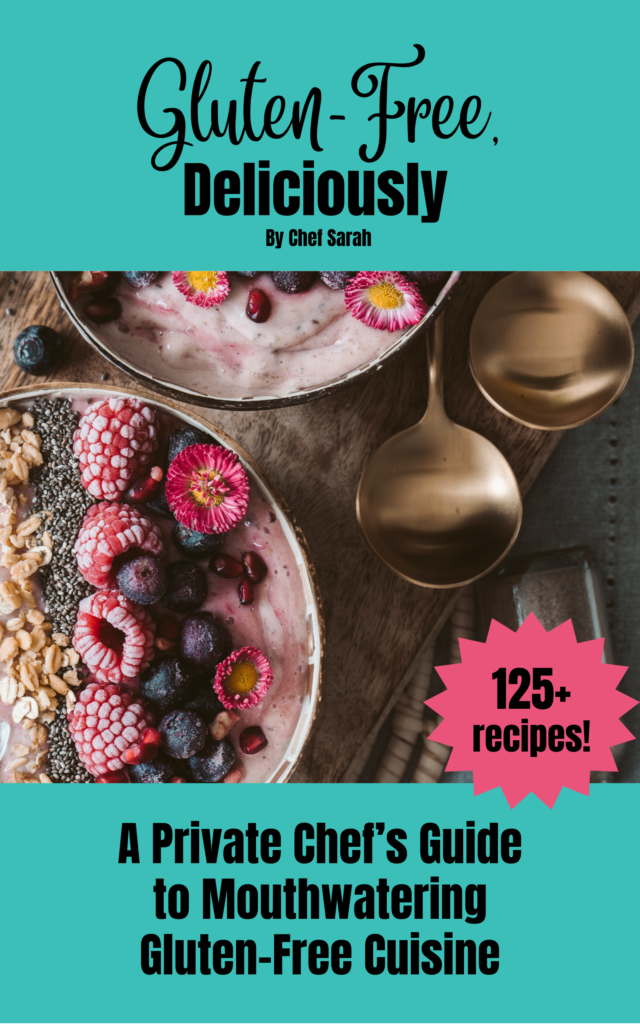Canada’s Instagrammy Food Guide
I saw Canada’s Food Guide trending on Twitter the other day and I wanted to make a post about it as I have quite a few opinions on it.
Ok… Let’s talk about it.
On the first hand, it is a beautiful plate filled with the trend-of-our-decade which is the rainbow. They’ve organized it so Instagram worthy that it nearly makes me weep its so beautiful. What isn’t there to like?
When I noticed Canada Food Guide trending I hopped onto Google to check out where might be the most interested in the topic.
It was Nunavut:

They could just be doing a class project. And if they are, I hope they’re doing a cost analysis on it at the same time. As Nunavut is the stomach of my first major issue with the Canada Food Guide: most families cannot afford this food guide, and some couldn’t access those ingredients even if they could.
Especially those not located in an urban area.
Canada’s marginalized individuals are largely in small communities that can be classified as “food deserts”, places that occasionally have $30 bottles of juice:
Showing an unrealistic representation of what is health to people who cannot access those items is not a good platform in building resiliency in those who need it most. Especially considering the abject horrors individuals faced in order to make the guide:
What could be done?
For one, ending food deserts by providing greenhouse initiatives and regional distribution centres in more areas around the country. All Canadians deserve access to the foods these experts claim are healthy.
But I also very much hope to see an Indigenous food guide created in the future. One full of item’s hunted and gathered from Canadian lands. Not just Canadian grocery stores. This should be done by those with the intimate knowledge of these foods and they should be paid in a similar fashion as to what Canada’s Food Guide was made. This is not only to educate the children in those areas of the nutrient abundance of the foods they presently eat but also to educate those of us who do not consume those foods of how to be respectful of situations that may invoke a visceral reaction if left uneducated (see the seal hunt for more info).
(I did search for an indigenous food guide, and although I found many great indigenous cuisines, I did not find one. If you know of one PLEASE post it in the comments.)
I did however find this gem:
Hang-On, How Many Carbs Now?
The next big issue that needs to be pointed out about the guide is the fact that not all Canadian’s will respond well to such high carbohydrate consumption. Although Canada’s food guide looks leaps and bounds ahead of the old guide in terms of carbs, carbs, and more carbs, it does still err on the side of carbs.
As Joy Kiddie, a full-time Registered Dietitian who has been in clinical practice in British Columbia since 2008, says on her blog:
How does it make sense to encourage adults that already have abnormal glucose response to eat 150 g of carbohydrate per meal when these people already have an impaired first-phase insulin response? How will eating “whole grains” and the “added fiber from plant-based proteins” improve their first-phase insulin response (which likely results from dysfunction in the release of the incretin hormone GIP (Glucose-dependent Insulinotropic Polypeptide) from the K-cells?
For these people, continuing to eat a diet high in carbohydrate, irrespective of the amount of fiber or the glycemic load will not restore their insulin response, and in time is likely to make it worse. This is my concern.
https://www.bbdnutrition.com/2019/01/24/new-canada-food-guide-carbohydrate-estimate-of-the-sample-plate/
Please go read the entire blog, it’s very informative.
In fact, not only is the guide high carb, it exceeds the recommendations of The Mayo Clinic also, who recommends:
The Dietary Guidelines for Americans recommend that carbohydrates make up 45% to 65% of total daily calories.
So if you get 2,000 calories a day, between 900 and 1,300 calories should be from carbohydrates. That translates to between 225 and 325 grams of carbs a day.
https://www.mayoclinic.org/healthy-lifestyle/nutrition-and-healthy-eating/in-depth/carbohydrates/art-20045705
I think it’s clear the guide is more for the ‘gram than for the kids.
It’s *is* very pretty and if you want you gloat that people around the globe are looking at Canada as leader’s in nutrition:
What do you think?

